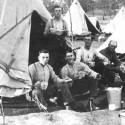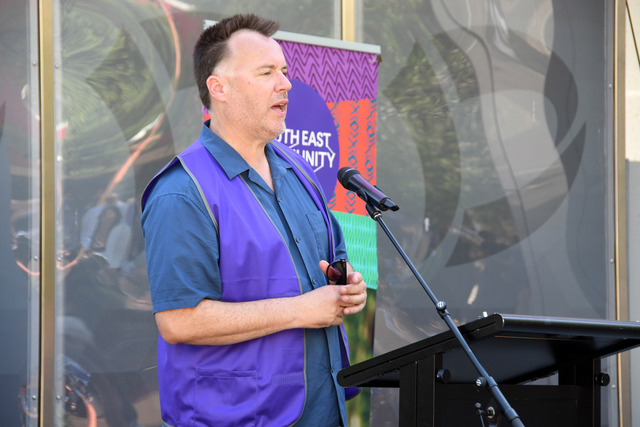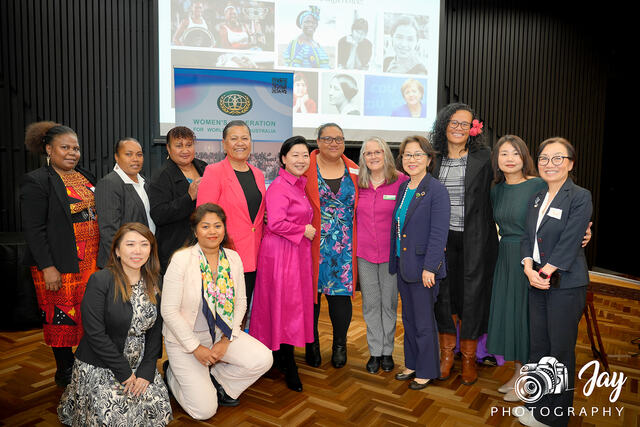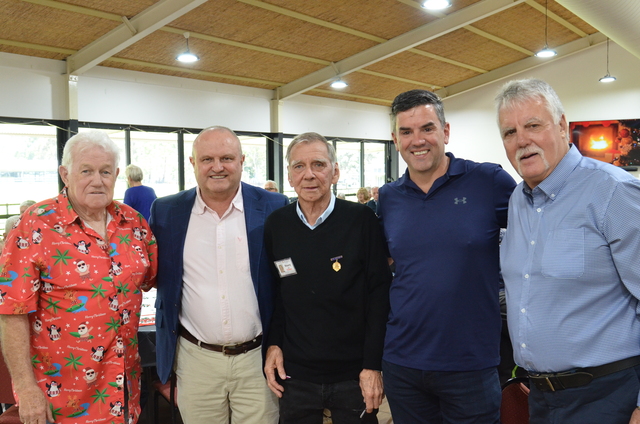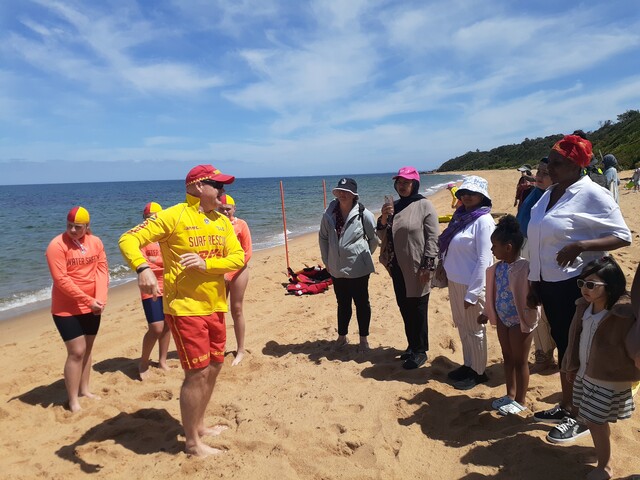By CAM LUCADOU-WELLS
THE cenotaph in Narre Warren North’s farming district has special significance for Private George Rae’s children.
Still sprightly 80-somethings, Jack, Bert and Thelma still pay their respects to their father at the five-metre high marble monument which was built by farmers soon after World War I.
It stands within a picket-fence and rosemary hedge enclosure on Memorial Drive, looking out to their great-grandmother Annie Troup’s homestead which was settled in the 19th century.
It memorialises the 18 servicemen who enlisted for World War I from Narre Warren North, including George Rae and brother Walter. All but three returned home.
Jack Rae, who has lived in the district his whole life, knows all the family names etched in the marble.
“Wars can bring out the best in people,” he says.
“Communities in years gone by get together and work together.”
At the time, the war didn’t seem like a nation-building event, he says. Rather it was a war devouring many of the country’s young men from farms and cities.
His father George continued working on the family’s 100-plus acre dairy farm in the early years of World War I.
He enlisted as a 23-year-old in 1916, serving as a farrier on France’s battlefields.
Like many other veterans, he didn’t speak much about his service. But there was one thing his father didn’t forget about the war, Jack said.
His father remembered horses that were “knocked around” being transported by train for slaughter. They would be led by an invalid soldier towards their journey to French people’s plates.
To get an idea of the steel discipline of the times, George Rae was docked two days’ pay in England in 1916 for not shaving for a parade at 9am.
During World War II, Jack was just a teenager enlisted in a citizens’ military force that met weekly in Dandenong. He, along with another 80 adolescents, learnt how to bear arms.
He remembers when war was declared. It was a Sunday because his family’s relatives and friends were gathered at their farm, huddled around the radio.
There were going-away presents for the men and women who left for battle, and a ‘welcome home’ event at the local hall at war’s end.
Jack was on the brink of turning 18 and being eligible to be sent to the battlefront when World War II ended.
His father George returned to service as a Lieutenant of Berwick’s Volunteer Defence Corps – a mix of veterans and younger men recruited to defend the home front if there was an invasion.
Jack said there was a feeling of that threat being real after Japanese aerial bombings in Darwin and a foreign submarine probing Sydney Harbour.
He remembers black screens being placed over home windows at night, and car’s headlights dimmed by covers – even out in the district’s farmsteads and dirt roads.
“We weren’t this little island in the never never anymore because the war landed on our shores.”
East of the memorial still stands the Raes’ late greatgrandmother Annie Troup’s original dairy homestead.
North along Memorial Drive stand oak trees marking the 18 men – a football team – who left for World War I.
Unfortunately, the name plaques for those trees planted just after the war have long gone, Thelma laments.
“I come here quite often,” she said of the memorial.
“I think of how hard it must have been for those soldiers. We’ll never know how hard it was.”
Until recent times, the memorial site had been neglected.
Jack recalls his late mate Bob Street – whose family name also adorns the cenotaph among the World War II veterans – organising a working bee to clean it up.
During that clean up, the top marble slab cracked and fell to the ground – fortunately missing the helpers.
The slab now takes pride of place at this tidy memorial – a vista that still harkens to the area’s rural roots.

